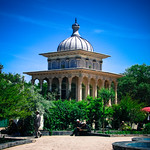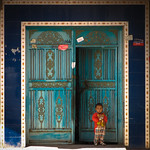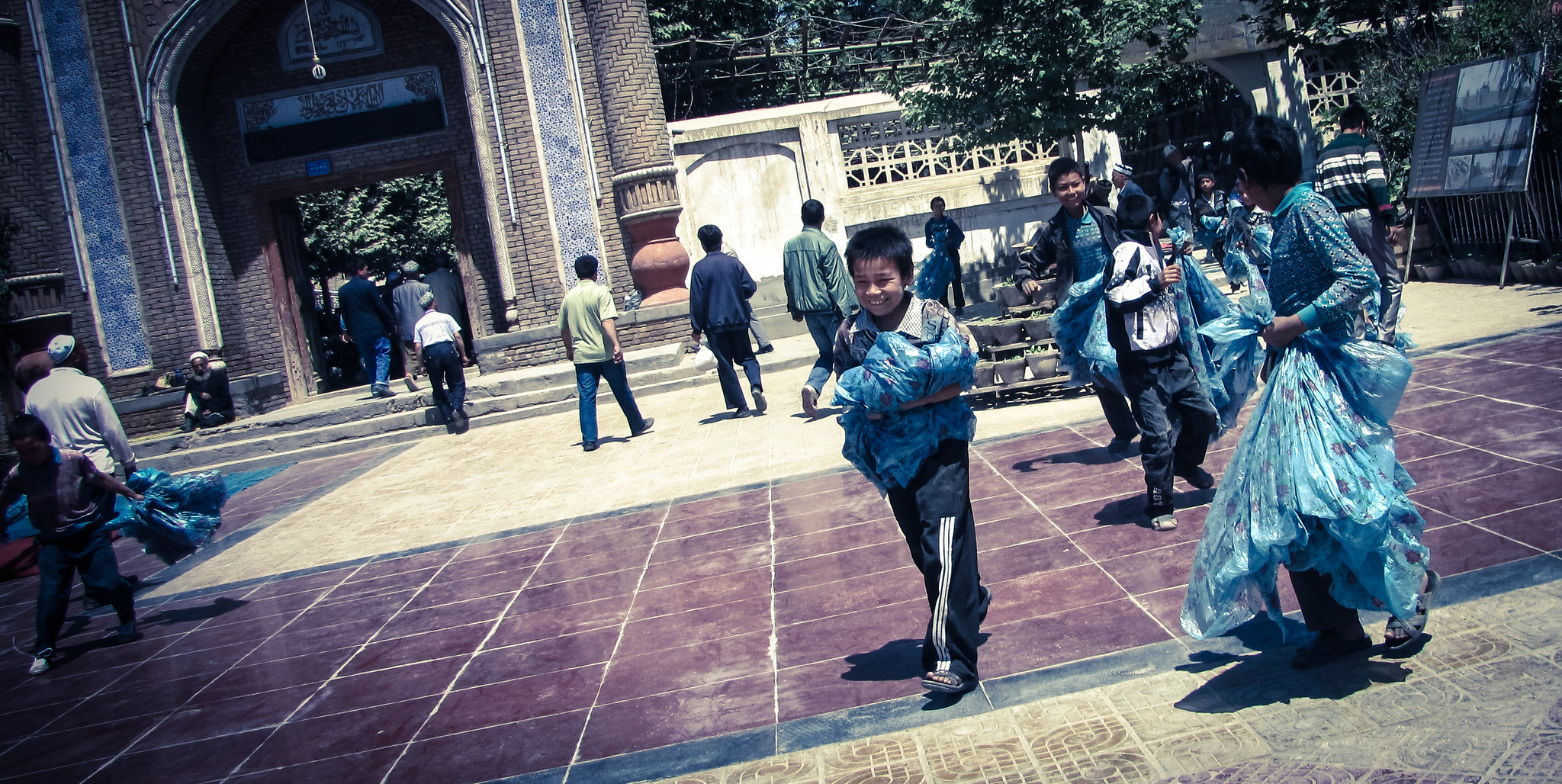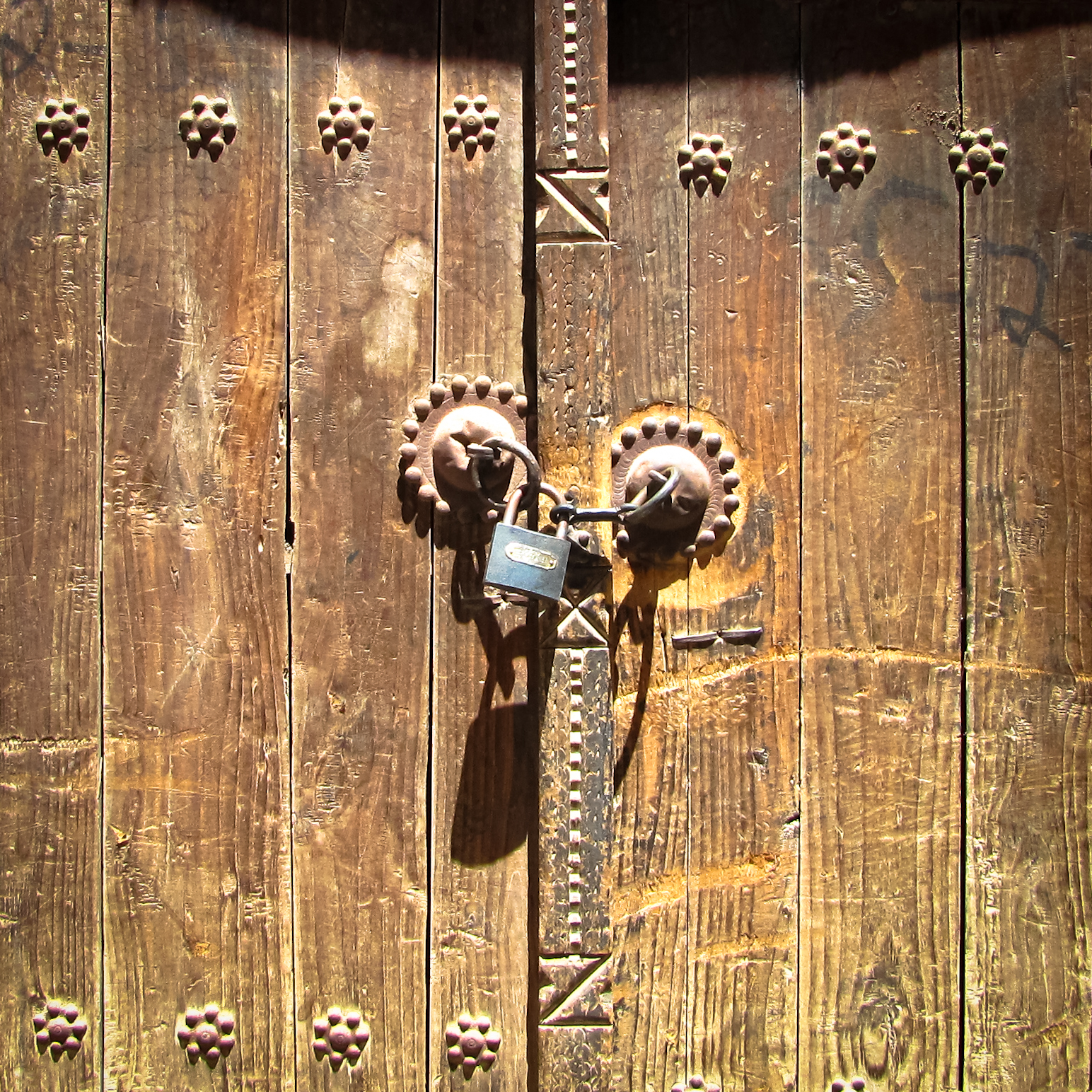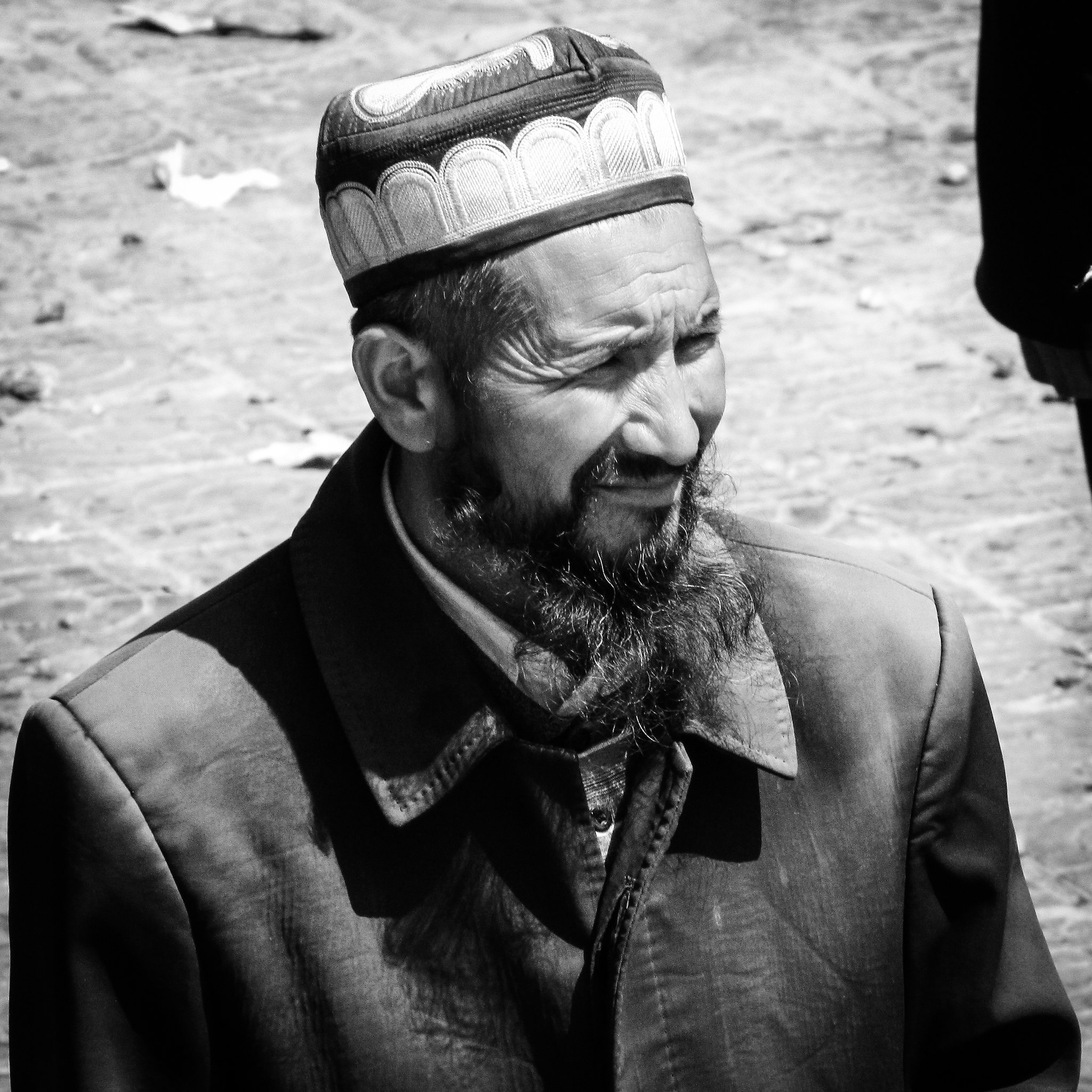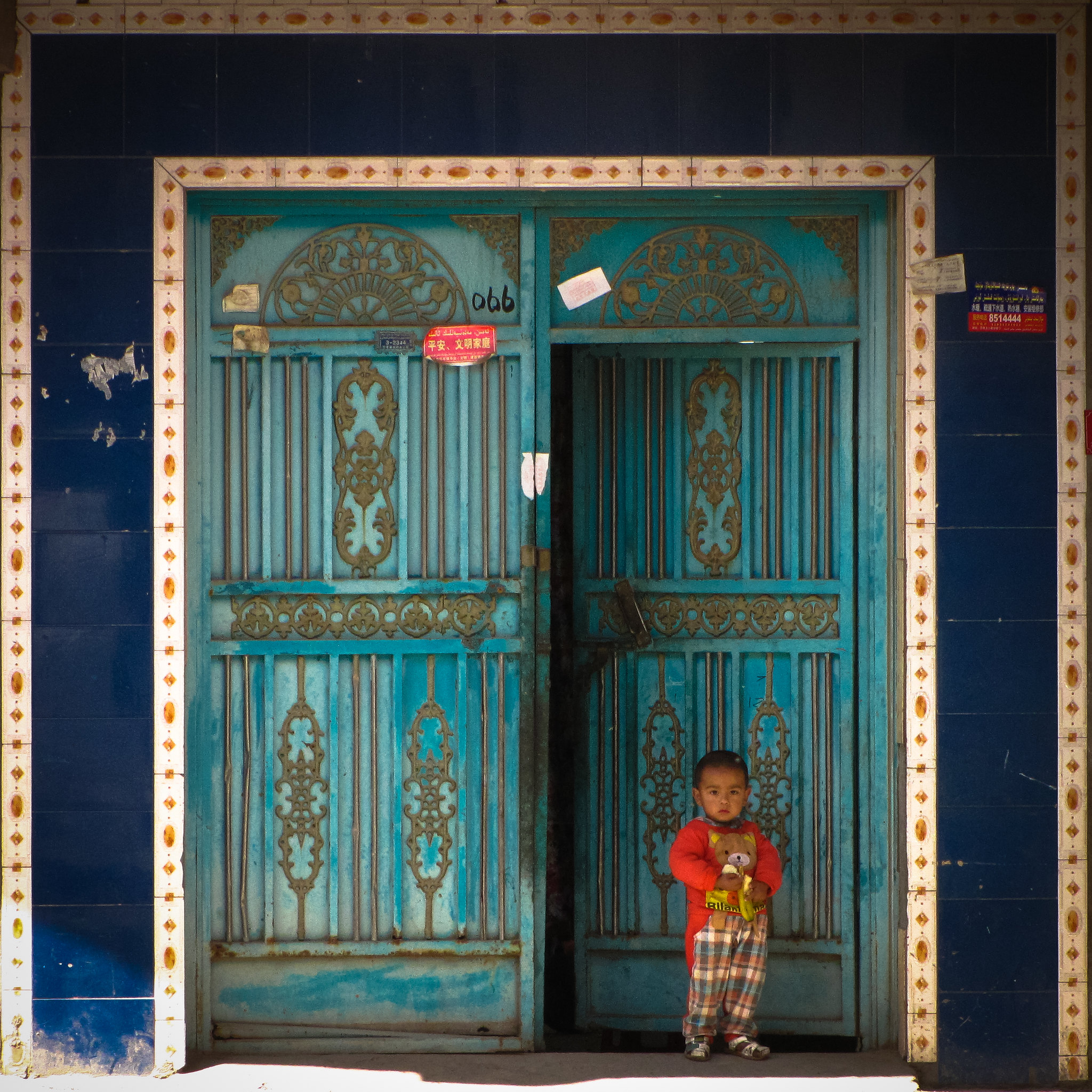On the road to Tibet
From central China, there are roughly three access roads to Tibet. From western China, there's only one, and it starts in Yarkand. This road to Tibet is still mostly off limits, though it is possible to get a permit to travel this road from one chinafied region of China to another.
That was not my intention. I basically had a choice of checking out the road to Pakistan, visiting what is supposed to be the very uninteresting Tashkurgan, or checking out the road to Tibet, visiting somewhat interesting Yarkand.
Yarkand is also one of the string of smaller towns surrounding the Taklamakan desert. Yarkand, with a nice enough mosque, a few mausoleums and a sprawling cemetery, has not yet seen it's history bulldozed by progress. Sadly here, too, though, the Han Chinese are on the rise. The new town is indistinguishable from any other Chinese city, if smaller, while right next to the old center of town, a newly constructed 'old town' is being created from scratch. Kashgar also has one of these, which does not seem to be a hit with the tourists. Or at least not the foreign ones.
The old old town is genuine, but also not overly inspiring; strings of mud brick buildings lined with shops on the main roads with sealed off houses on the side roads, access given by the same wooden doors you'll find in similar towns from here to Addis Ababa.
Interestingly, locals lounge to eat and drink tea mostly on flat benches, the size of a double bed, lined with carpets. Not so in Kashgar, but the same in an arc stretching from Yarkand, through Afghanistan to Iran.

